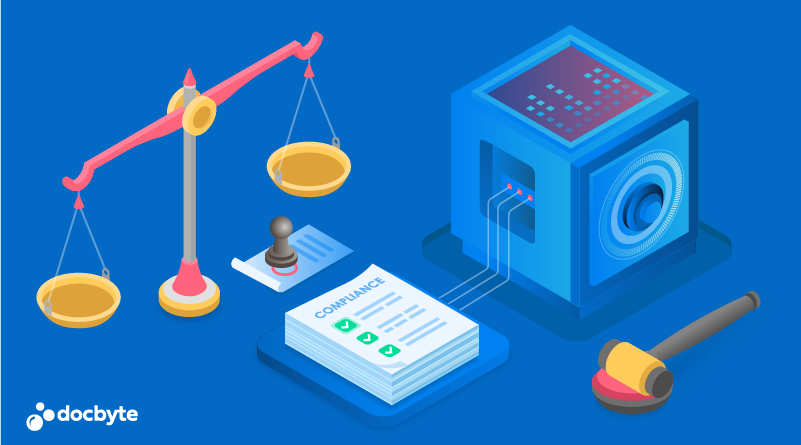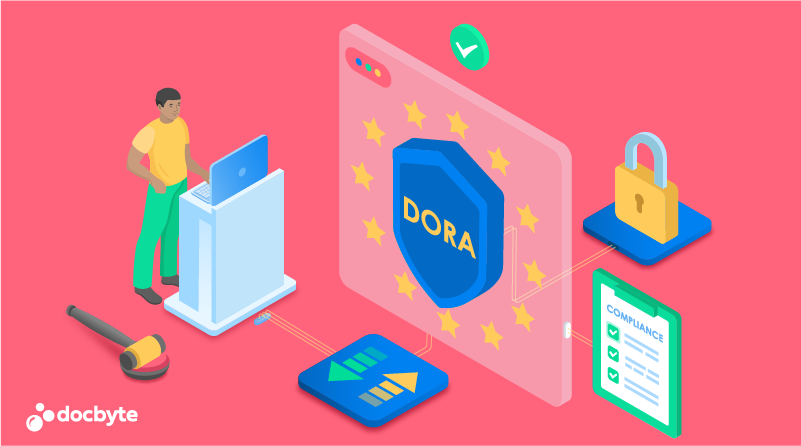So, for several reasons, I’ve been asked over the last few months to highlight the differences between QeA and Long-Term Preservation (or Electronic Archiving or Digital Preservation or eArchiving). That’s what I’m going to try and do with this article.
What’s happening?
In Belgium, the concept of Qualified Electronic Archiving has been introduced a couple of years ago, and the same thing is going to be introduced on a European scale in the next few years. And by the looks of it, this is not going to be limited to Europe.
By this introduction, accompanied with specific regulations, e.g. the revision of eIDAS, the Digital Preservation community sometimes seems to feel “threatened” by these intruders on their turf.
But, in fact, both types of solution are the offspring of the same parents.
So, what’s different?
In fact, the question is not that simple.
The main differences are probably the primary focus and the scope.
The primary focus:
- QeA: Legal retention and probative value
- LTP: Historical preservation and accessibility.
Scope:
- QeA: Due to the focus on legal retention, the information in scope can be clearly defined and the types of formats and data will be limited.
- LTP: The focus is more fluid and can not be objectively measured, so the formats and information types in scope will also be more fluid.
Detailed Comparison: Qualified Electronic Archiving (QeA):
- Primary Focus: Legal retention and probative value
- Time Horizon: Typically aligned with legal retention requirements
- Legal Requirements: Compliance with specific legal/regulatory standards
- Service Providers: Certified and compliant providers
- Ownership & Control: Submitting entity maintains ownership and control
- Authenticity & Integrity: Strong emphasis on tamper-proof and unaltered data
- Access & Retrieval: Emphasizes controlled access for legal purposes
- Data Formats & Standards: May be influenced by legal or industry requirements
- Preservation Metadata: May include audit trails, digital signatures, etc.
- Preservation Strategies: Primarily for legal validity and regulatory compliance
- Technological Obsolescence: Considered but may not be the primary concern
- Disaster Recovery: Part of risk management; ensures data availability
- Cost Implications: Cost of compliance and service contracts
Long-Term Preservation (LTP):
- Primary Focus: Historical preservation and accessibility
- Time Horizon: Extends beyond legal retention, often by several decades
- Legal Requirements: Adherence to archival standards and best practices
- Service Providers: Can be managed by institutions or specialized archives
- Ownership & Control: Ownership will often be transferred to designated archive institution
- Authenticity & Integrity: Also important, but primary focus is on accessibility. (“What’s the purpose of preserving, if it can’t be accessed?”)
- Access & Retrieval: Aims to facilitate access for research and public use
- Data Formats & Standards: Focus on standardization and future-proof formats
- Preservation Metadata: Comprehensive preservation metadata for documentation
- Preservation Strategies: Ongoing migration, emulation, and refreshing of data
- Technological Obsolescence: Proactively addresses technology changes and obsolescence
- Disaster Recovery: Integral for long-term protection and recovery
- Cost Implications: Long-term investment in infrastructure and expertise
So?
While both QeA and Long term preservation solutions are essential for preserving digital information, their main objectives, time horizons, retention policies, and preservation strategies differ significantly. QeA primarily focuses on meeting legal requirements and ensuring data authenticity during the retention period, while LTP is dedicated to preserving data for historical, cultural, and research purposes over extended periods, potentially lasting for centuries.
It’s important to note that QeA and LTP can of course complement each other in an organization’s digital preservation strategy. QeA ensures that critical records are retained and protected for legal purposes, while LTP focuses on safeguarding valuable information for future generations.
It is all but logical that a solution could be used to serve both purposes.
This article was originally published in the Docbytes LinkedIn Newsletter






